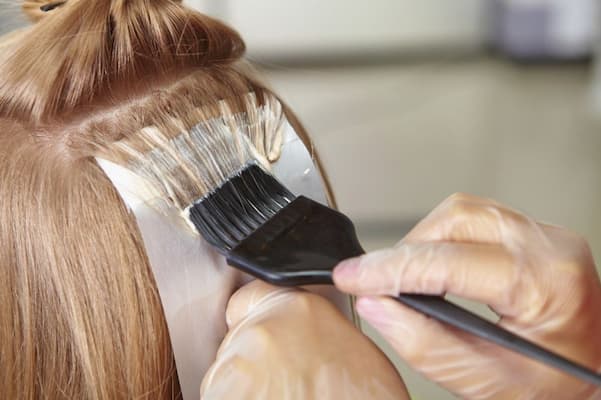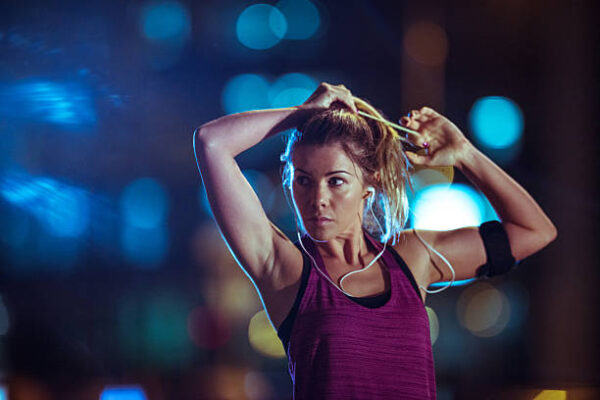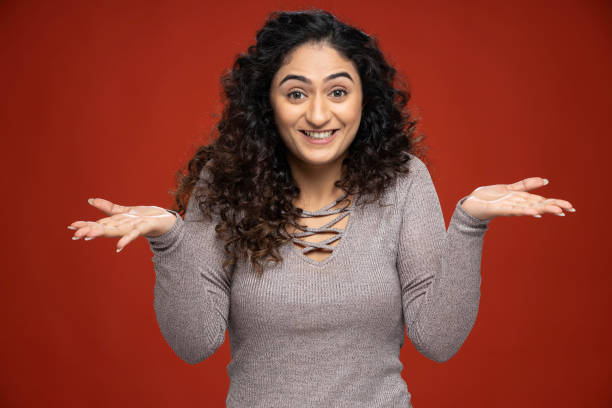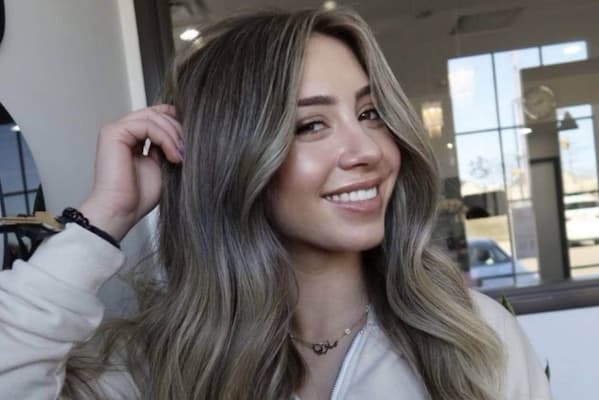Can you dye hair that is dirty?
Any type of hair dyeing is not advised for dirty hair. Your strands are covered in dirt, which makes it difficult for your hair dye to work. It’s best to avoid coloring hair that is caked in products, oils, or debris if you want a uniform color job that lasts.
Please read on for more information.
Table of Contents
Can You Dye Dirty Hair?
Unexpectedly dirty hair may actually be advantageous when dying it. A large part of this has to do with the chemicals that are used in traditional hair dyes; ammonia, peroxide, and alcohol can all be very damaging to healthy hair, irritate your scalp, and increase your hair’s susceptibility to breakage and damage. Sebum oil, a natural defense mechanism, is present in your hair.
Your skin and scalp’s sebaceous glands produce sebum. Sebum’s main purpose is to keep your hair and scalp moisturized while guarding against oxidative stress, bacterial infections, and, you guessed it, potentially harmful toxins that may be present in your hair dye.
Sebum oil can build up, making your hair look greasy and raising your risk of developing dandruff despite all the wonderful advantages it can provide. This is where washing your hair comes into play, as shampoo can help to get rid of extra oil in your hair, keeping it looking lustrous and healthy.
But this degree of cleanliness can be a problem if you’re about to dye your hair. The lack of sebum oil can make your hair even more vulnerable to damage and dryness once you’ve added hair dye to the mix, even though your hair may appear healthier.
How To Dye Dirty Hair
If your hair requires additional protection, decide if you can go to the salon with it dirty. Along with your comfort level, you should consider the type and shade of dye you intend to use. Dyes may irritate your skin if your scalp is sensitive to chemicals or dryness.
Sensitive Scalps
Some people need to exercise more caution because they have more delicate skin. A test patch is a great way to determine how your body will respond.
If you intend to dye your hair and are aware that your scalp is delicate, make sure there is some oil buildup on your scalp before you begin. Your hair’s natural oils will act as a barrier on your scalp and could shield you from chemical burns.
People with sensitive scalps are strongly advised to speak with a colorist before dyeing their hair. The best way to prevent negative effects is to work with a professional.
Dramatic Color Changes
More powerful lightning agents may be required to achieve the color you want in your hair. Leaving hair dirty may be advantageous for hair that needs a stronger dyeing formula.
Using this technique helps keep your hair from drying out while receiving treatment. Consider starting with oily hair if you are aware that the treatment will be damaging to your hair.
Start With Healthy Hair
Before getting your hair dyed, check its health. It’s more crucial to have healthy hair than it is to have clean or dirty hair before coloring it. Your hair will remain in top condition for the treatment you choose if you practice proper maintenance.
Avoid going overboard when dyeing your hair when it’s dirty. Not enough oil buildup will prevent the dye from sticking, so avoid doing that.
If you decide to dye your hair while it’s dirty, wash it a few days before your appointment. When you are prepared to dye, your natural oils should have returned.
Take into account applying conditioner and other moisturizing products weeks before your hair treatment. Utilizing these items prevents hair from drying out. Dry, brittle hair is more prone to breakage, particularly during dyeing.
How To Dye Clean Hair
You might want to clean your hair before beginning the dyeing process even though it provides the advantage of protection. For instance, some people have particularly oily hair. To help pigments enter the cuticle, this hair type might benefit from a wash.
The hair dyeing product you choose will also determine whether you need to wash your hair first. We’ll examine how various hair dyes alter the color of your hair in the sections that follow, as well as the best way to determine whether you should wash your hair first before coloring it.
Color Absorption
Despite the fact that many stylists advise starting with dirty hair, others advise the exact opposite! Hair is more porous and able to absorb color more readily when it is clean but not condition. You may get better results dying clean hair than dirty hair if your scalp is not sensitive.
Numerous hair dyeing procedures now use fewer chemicals than earlier formulations, and both at-home and professional hair treatments have improved over time. As a means of protecting your scalp, keeping your hair dirty may no longer be necessary.
Many products on the market today deposit color into hair without using bleach. These pigments get past your hair’s cuticle, or outer layer.
Starting with clean hair improves color absorption when using these products. The same holds true for color absorption in general, but there are no chemical concerns when using these products.
Consult A Stylist
The best source of advice on whether to dye your hair clean or dirty is from specialists in hair coloring. They are knowledgeable about chemical processes and may be able to provide you with more information about your hair.
The best way to ensure you use the right technique, despite all the information we’ve given, is to consult a stylist. Additionally, experts have products to combat other potential barriers to dye absorption or retention in your hair, such as high or low porosity.
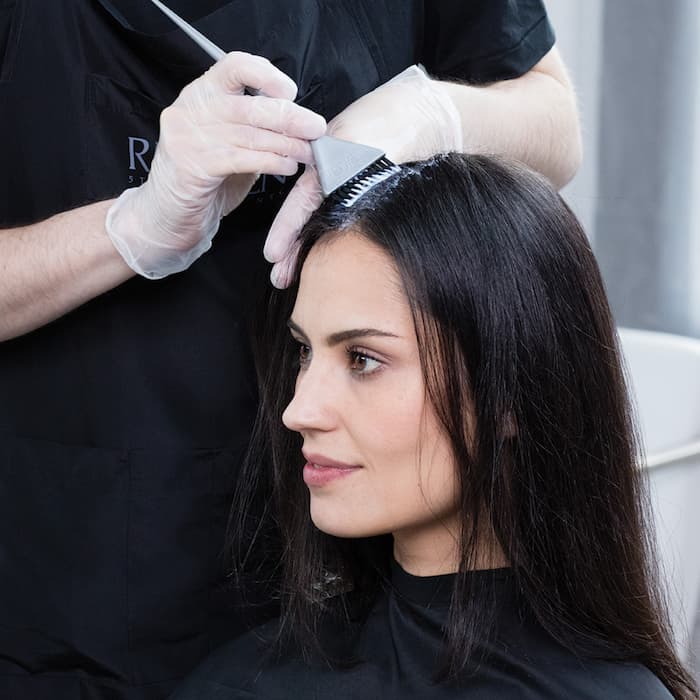
Get The Best Hair Dye Results At Home
There are other considerations that you should make in addition to making sure that your curls are properly prepared for the hair coloring procedure.
For additional advice on how to dye your hair at home, keep reading.
- A dry head of hair is a must after a hair wash. If you try to dye soaking wet hair, the dye might become diluted or run down your hair as you apply it.
- Be very careful to adhere to the directions on the hair dye packaging. Even a small deviation from the directions can change your outcomes or harm your hair.
- Make sure the dye is completely absorbed into your hair. Uneven hair dye application is one of the main reasons why dye jobs turn out uneven. Make sure to apply a lot of dye and take your time. To ensure even distribution, rub it in.
- Be aware that your results may not match the color shown on the box. Your natural hair color or porosity aren’t taken into account in these images. Consequently, modify your expectations accordingly.
- To apply your hair dye, use a bowl and brush. Although the majority of box hair dyes include a squeeze bottle, you’ll soon discover that it’s challenging to apply the dye using it.
FAQs About Can You Dye Dirty Hair
Can Hair Products Affect Coloring Procedures?
Despite the fact that grease won’t get in the way (Fe claims she doesn’t mind if clients go two weeks without washing), be cautious of hair products. “Dry shampoo can alter the texture of your hair, which can affect my technique even though it won’t stop the coloring process, according to Fe. “When using dry shampoo, try to concentrate on the roots and avoid applying any to the ends.”
Do not abruptly abandon your regular use of anti-frizz serums, texturizing sprays, or hot styling tools just because you are going to the salon. Fe explains that it’s best to arrive at your appointment with your hair looking how it does every day. “As it will affect where I place your color, she says, “I need to know if you roll out of bed, curl your hair, and can keep up with maintenance.
After Dying My Hair, How Long Should I Wait Before Washing It?
For best results, wait a few days before washing your hair after coloring it. The method of washing your hair is even more crucial than when. The right color retention products can extend the life of hair color. Think about lowering the shower’s temperature and being cautious with heat sources. Color will fade more quickly in the presence of heat.
Should I Shampoo My Hair After Coloring It?
After dying hair, shampooing the hair aids in removing excess dye. For optimal results, pick a shampoo that sets colors!
So, Is Dyeing Dirty Hair Better?
Consulting a colorist or stylist about your hair and the color you want to achieve is the best way to determine if it’s preferable to dye dirty hair. Hair and scalp are better protected by using dirty dye.
Therefore, if you have sensitive skin, it might be the best option for you. However, starting with clean hair may help your hair absorb color more if it doesn’t need additional lightening.
Conclusion
So, can you dye dirty hair?
The process of dying your hair involves many intricate details. The ingredients must be properly combined, applied evenly, and left on for an adequate amount of time.
But whether it’s better to dye clean or dirty hair is something that’s not entirely clear, especially for hair dye novices.
For dirty hair, no staining at all is advised. Your hair is covered in dirt, which makes it difficult for the dye to work. It’s best to avoid using the product, oil, or debris-covered hair if you want a permanent, uniform, full-body hair dye job.

